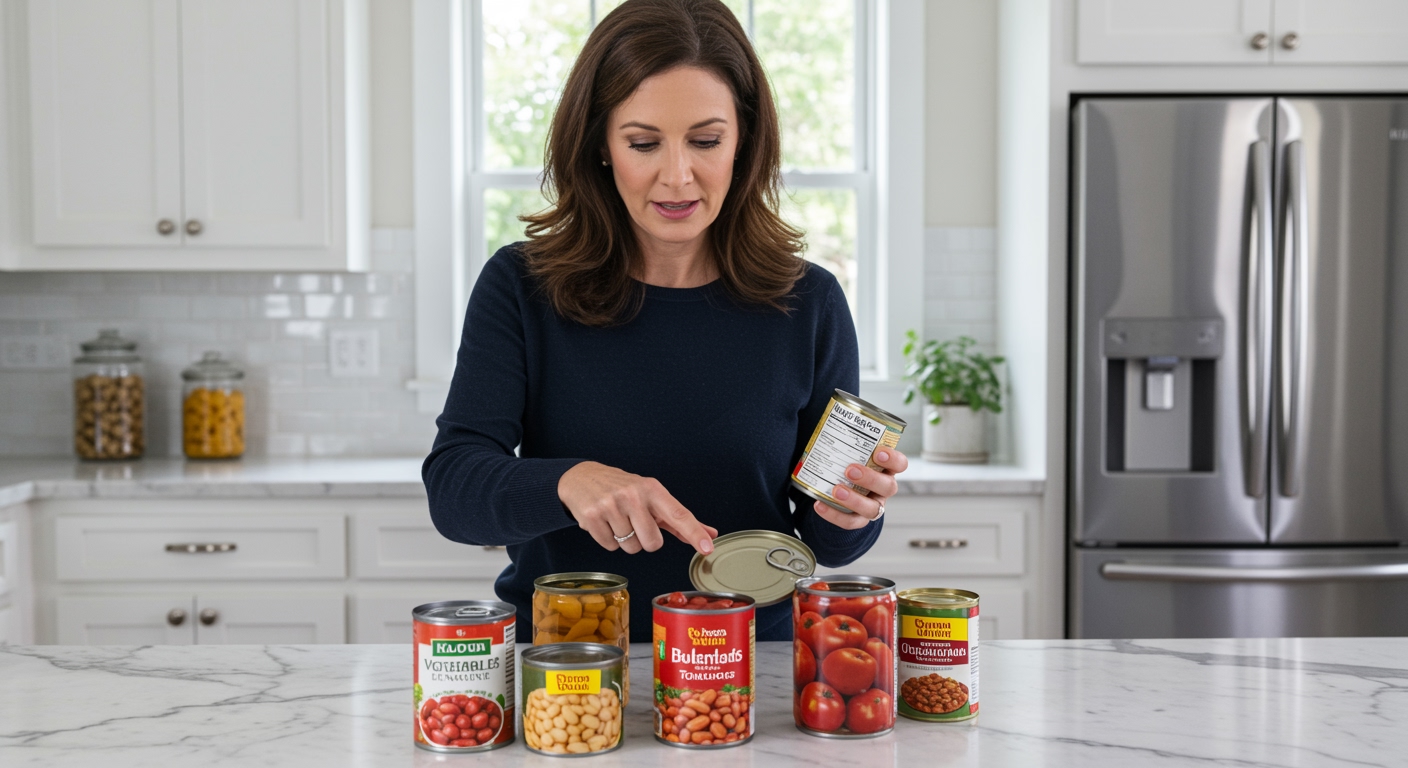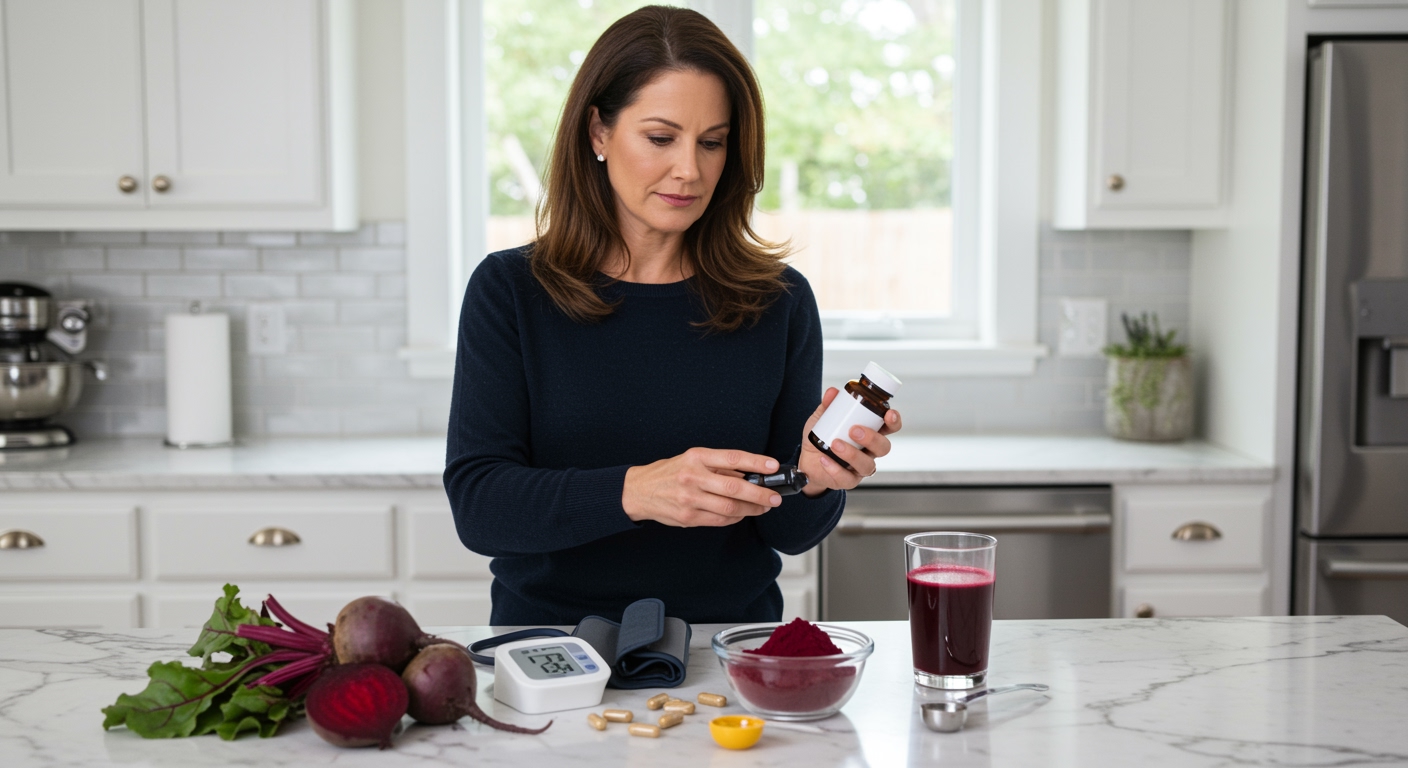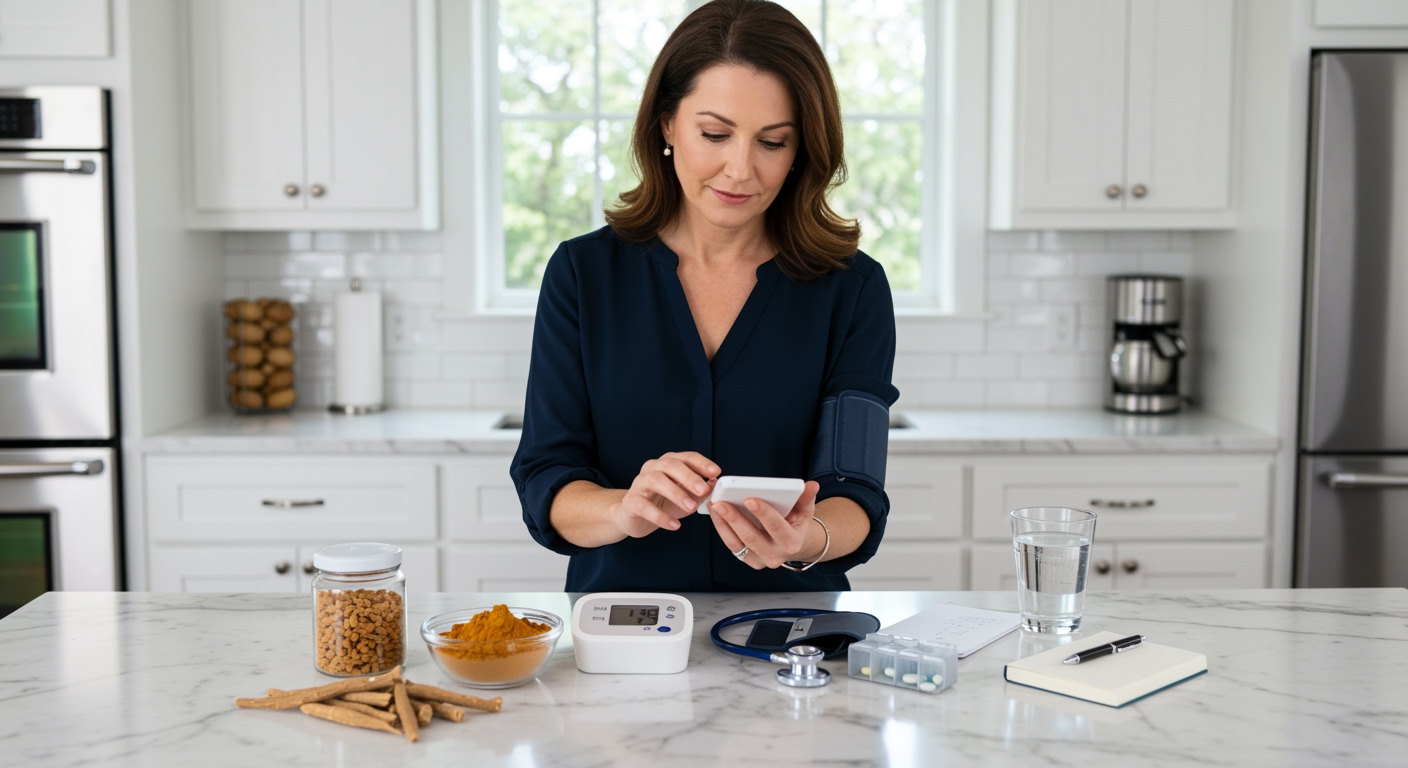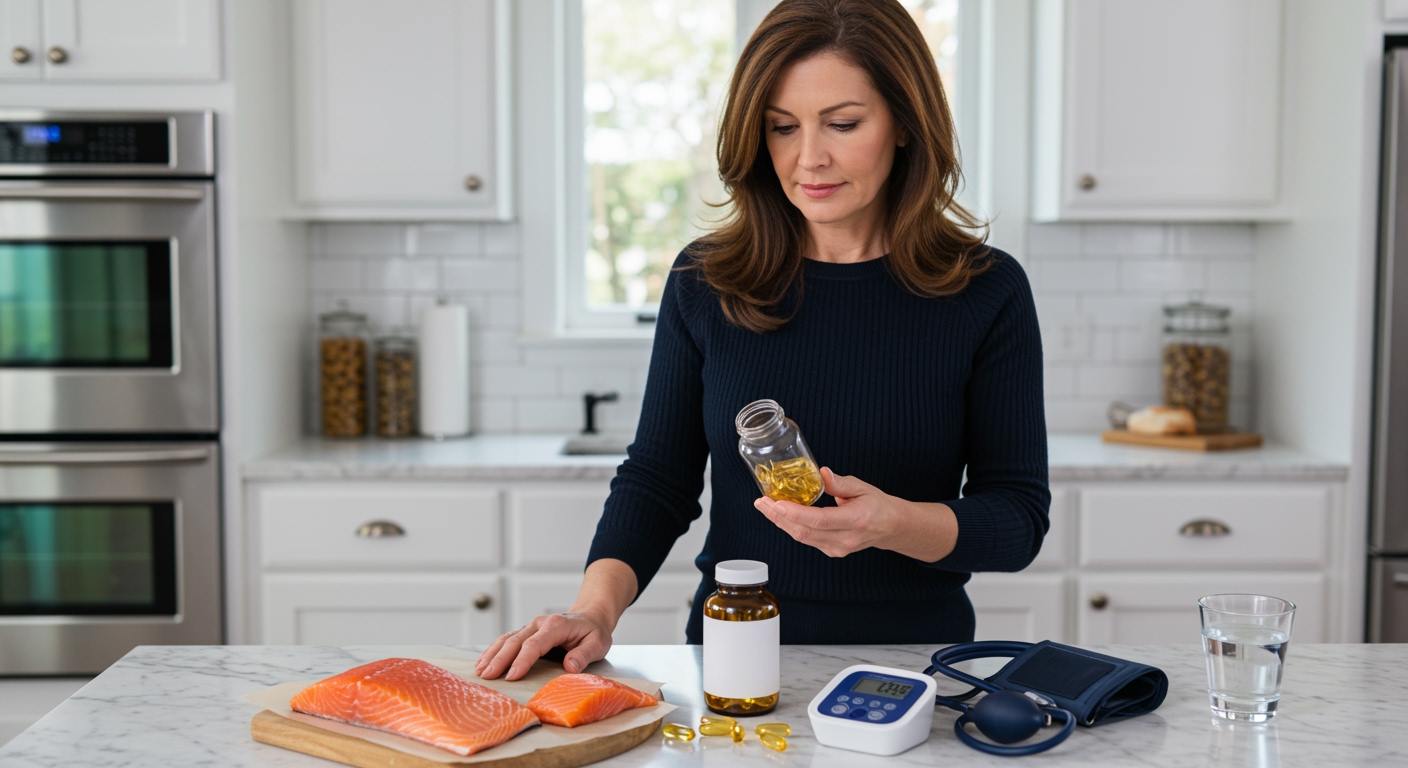✪ Key Takeaway: Not all canned foods are high in sodium – many low-sodium and no-salt-added options exist for blood pressure management.
Introduction
You walk down the canned food aisle and immediately think about all that hidden sodium lurking in those convenient metal containers.
This concern makes perfect sense if you are managing high blood pressure or trying to reduce your sodium intake for better heart health.
Hi, I am Abdur, your nutrition coach and today I am going to explain the real truth about sodium in canned foods and show you how to make smart choices.
Why Do Some Canned Foods Contain High Sodium?
Food manufacturers add sodium to canned foods for three main reasons that go beyond simple taste enhancement.
The primary reason is preservation – sodium acts as a natural preservative that prevents harmful bacteria from growing inside the sealed container.
Sodium also helps maintain the texture and color of vegetables and fruits during the canning process by strengthening cell walls.
At the cellular level, sodium creates an environment where water moves out of bacterial cells through osmosis, effectively dehydrating and killing these microorganisms.
The third reason involves flavor enhancement – sodium amplifies natural tastes and makes foods more appealing to consumers.
However, modern canning technology has advanced significantly, allowing manufacturers to reduce sodium content while maintaining food safety and quality.
✪ Fact: The canning process itself does not require sodium – it is added primarily for preservation and taste preferences.
Which Canned Foods Are Actually Low in Sodium?
Many canned foods naturally contain minimal sodium or come in specially formulated low-sodium versions.
Canned fruits packed in water or natural juice typically contain less than 10 milligrams of sodium per serving, making them excellent choices for blood pressure management.
No-salt-added canned vegetables like green beans, corn, and carrots contain only the naturally occurring sodium from the vegetables themselves.
Canned beans labeled as “no salt added” provide protein and fiber with sodium levels around 15-30 milligrams per half-cup serving.
Low-sodium canned soups and broths are specifically formulated to contain 140 milligrams or less of sodium per serving, compared to regular versions that may contain 800-1200 milligrams.
Canned fish like salmon and tuna in water without added salt provide heart-healthy omega-3 fatty acids with reasonable sodium levels.
These options prove that you can enjoy the convenience of canned foods while maintaining a low-sodium diet for better blood pressure control.
✪ Pro Tip: Look for “no salt added” or “low sodium” labels on canned foods to find the healthiest options.
How Can You Reduce Sodium from Regular Canned Foods?
Simple preparation techniques can significantly reduce sodium content in regular canned foods by 30-40 percent.
Draining and rinsing canned vegetables, beans, and legumes under cold running water for 30 seconds removes much of the added sodium from the liquid.
Research shows that this rinsing process can eliminate up to 40 percent of the sodium while retaining most of the nutritional value.
The sodium reduction occurs because most added salt dissolves in the canning liquid rather than penetrating deep into the food itself.
For canned fish, draining the liquid and choosing water-packed varieties over oil-packed ones naturally reduces sodium intake.
When using canned tomatoes or tomato sauce, diluting them with fresh water or low-sodium broth helps decrease concentration while maintaining flavor.
These simple steps allow you to enjoy convenient canned foods while protecting your cardiovascular health through reduced sodium consumption.
✪ Note: Rinsing canned foods removes sodium but may also reduce some water-soluble vitamins like vitamin C.
What Should You Look for on Canned Food Labels?
Reading nutrition labels correctly helps you identify low-sodium options and make informed choices for blood pressure management.
The FDA defines “low sodium” as containing 140 milligrams or less per serving, while “very low sodium” means 35 milligrams or less.
“No salt added” means no salt was added during processing, but the food may still contain naturally occurring sodium from the ingredients.
Check the serving size carefully because some canned foods contain multiple servings, which multiplies the sodium content if you eat the entire container.
Look for the percent daily value (%DV) for sodium – anything above 20% is considered high, while 5% or less is considered low.
The ingredient list reveals hidden sodium sources like monosodium glutamate, sodium citrate, or sodium benzoate that contribute to total sodium intake.
Understanding these label terms empowers you to choose canned foods that support your blood pressure goals while maintaining dietary convenience.
✪ Pro Tip: Compare sodium content per serving across different brands to find the lowest-sodium option available.
The Bottom Line
Canned foods are not automatically high in sodium when you know how to choose and prepare them correctly for your health needs.
Smart shopping and simple preparation techniques can turn convenient canned foods into blood pressure-friendly meal components.
I would love to hear about your experiences with low-sodium canned foods or any questions you have about managing sodium intake in the comments below.
At NutritionCrown, we use quality and credible sources to ensure our content is accurate and trustworthy. Below are the sources referenced in creating this article:
- Office of Disease Prevention and Health Promotion: Lower Sodium Foods Shopping List
- Medical News Today: Foods High in Sodium
- USDA Agricultural Research Service: Drained Vegetables Research
- Fruits and Veggies: Canned Food Nutrition Information





